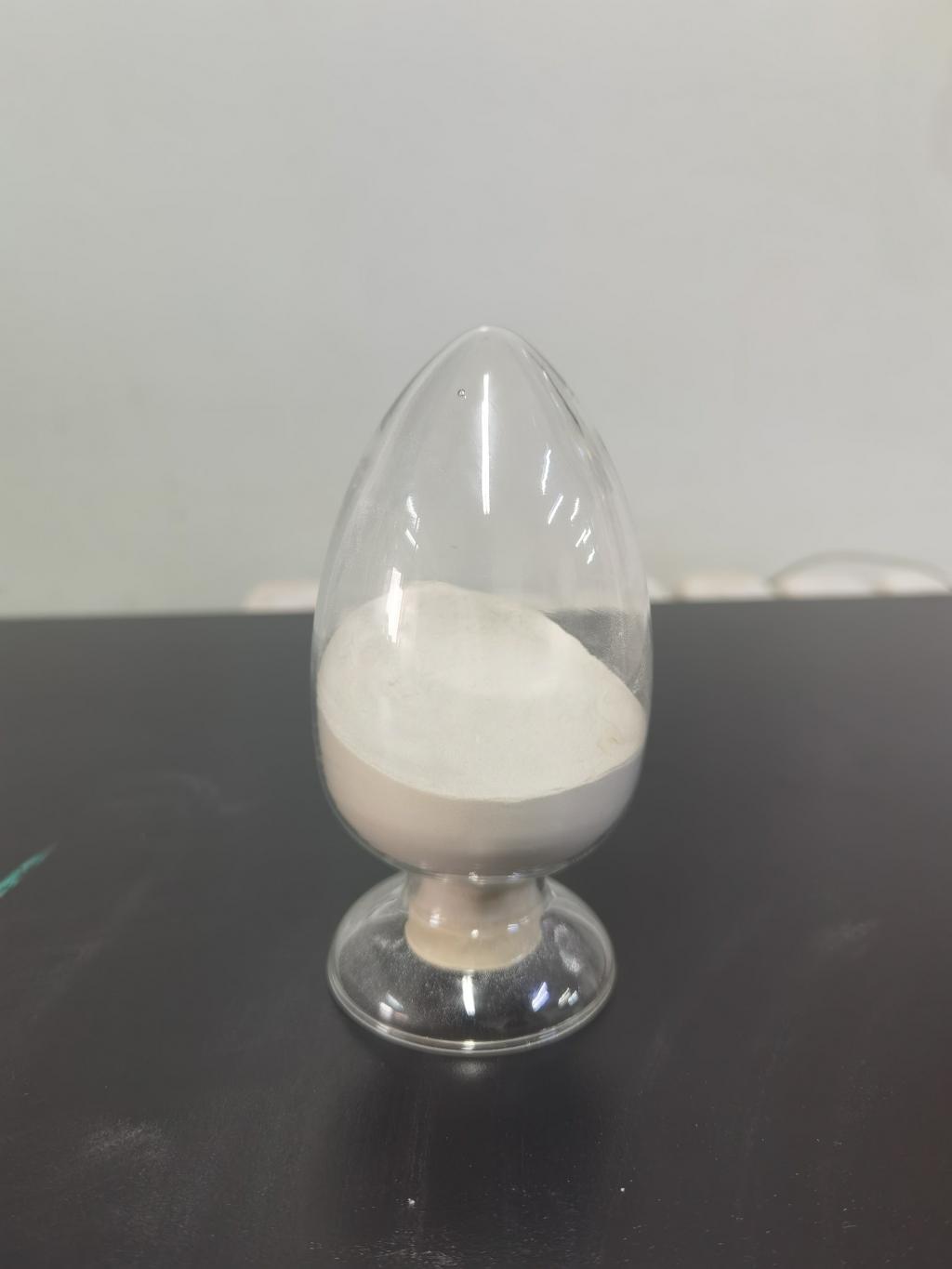Tel:+8618231198596

News
 CONTACT
CONTACT
 CONTACT
CONTACT
- Linkman:Linda Yao
- Tel: +8618231198596
- Email:linda.yao@dcpharma.cn
- Linkman:CHARLES.WANG
- Department:Overseas
- Tel: 0086 0311-85537378 0086 0311-85539701
News
The Collaborative Power of Nisin and Other Natural Preservatives
TIME:2024-01-16
Nisin: A Natural Peptide Preservative
Nisin is a natural antimicrobial peptide produced by certain strains of the bacteria Lactococcus lactis. Discovered in the early 20th century, nisin has been widely used in the food industry to control the growth of spoilage and pathogenic bacteria. Its natural origin, safety, and broad-spectrum antimicrobial activity make it an attractive choice for preserving a variety of food products.
Mechanism of Action of Nisin:
Nisin works by disrupting the cell membranes of bacteria, leading to cell death. This unique mechanism of action minimizes the risk of developing resistance, making it a sustainable option for long-term use. Understanding the molecular basis of nisin's activity is crucial for optimizing its collaboration with other natural preservatives.
Collaborative Approaches with Other Natural Preservatives:
a. Organic Acids:
Organic acids such as lactic acid, citric acid, and acetic acid are commonly used natural preservatives. Combining nisin with organic acids enhances the overall antimicrobial effect, as the combination disrupts multiple cellular targets in bacteria.
Studies have shown that the synergy between nisin and organic acids effectively inhibits the growth of common foodborne pathogens, extending the shelf life of various products.
b. Essential Oils:
Essential oils derived from plants possess antimicrobial properties. Combining nisin with essential oils creates a potent preservative blend that can combat a wide range of microorganisms.
Research indicates that the collaborative application of nisin and essential oils can be particularly effective in preserving meat products, dairy, and baked goods.
c. Antioxidants:
Oxidation is a common cause of food spoilage. Collaborating nisin with natural antioxidants such as tocopherols, ascorbic acid, or polyphenols helps protect food products from oxidative deterioration.
This combination not only extends shelf life but also preserves the sensory qualities of the food, ensuring that it remains palatable and visually appealing.
Challenges and Solutions:
While the collaborative use of nisin with other natural preservatives offers promising benefits, certain challenges need to be addressed:
a. Compatibility: Ensuring compatibility between different preservatives is crucial for achieving synergistic effects. Researchers are actively investigating optimal formulations to maximize effectiveness.
b. Regulatory Considerations: The regulatory landscape surrounding natural preservatives is dynamic. Collaborative efforts between researchers, industry stakeholders, and regulatory bodies are necessary to navigate and comply with evolving regulations.
Applications in Different Food Products:
The collaborative power of nisin with other natural preservatives can be applied across various food categories:
a. Dairy Products: Combining nisin with organic acids helps prevent the growth of spoilage and pathogenic bacteria in cheeses and yogurts.
b. Meat and Poultry: The synergistic effect of nisin with essential oils ensures the safety and quality of meat and poultry products during storage.
c. Bakery Goods: Antioxidant collaboration protects baked goods from both microbial spoilage and oxidative deterioration.
Future Prospects and Innovations:
The collaborative use of nisin and other natural preservatives represents a dynamic field with ongoing research and innovation. Future prospects include:
a. Nanotechnology: Incorporating nisin and natural preservatives into nanocarriers can enhance their stability and targeted delivery, improving overall efficacy.
b. Precision Preservation: Tailoring preservative combinations based on specific food matrices and microbial challenges for precise and efficient preservation.
Conclusion:
The collaborative power of nisin and other natural preservatives holds immense potential for revolutionizing the field of food preservation. As consumer preferences shift towards clean label and natural products, the synergistic effects of these preservatives offer sustainable and effective solutions. Continued research, industry collaboration, and regulatory support will drive innovation, ensuring the safe and prolonged shelf life of a diverse range of food products.
- Tel:+8618231198596
- Whatsapp:18231198596
- Chat With Skype







